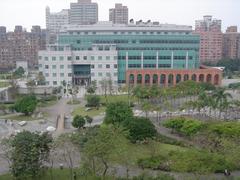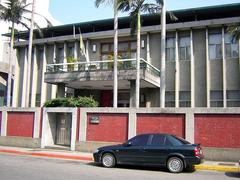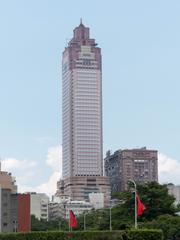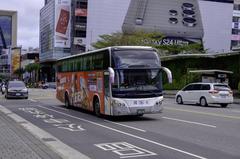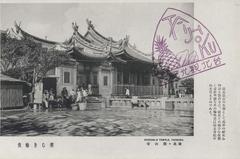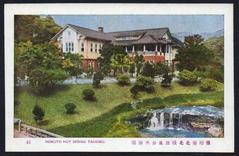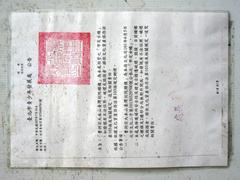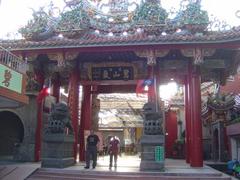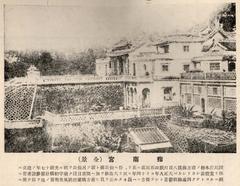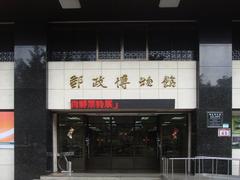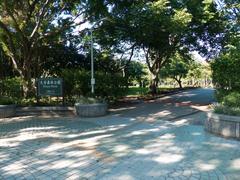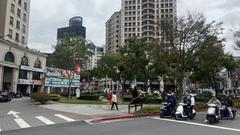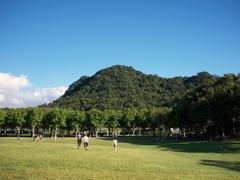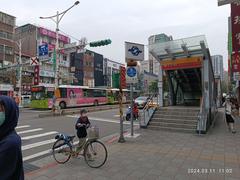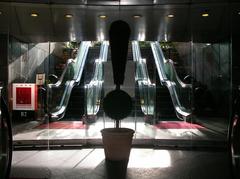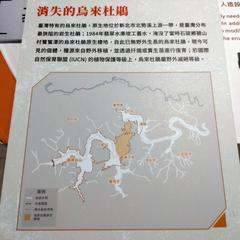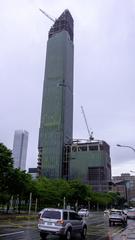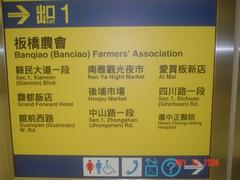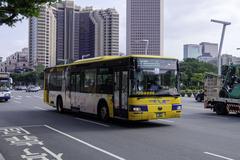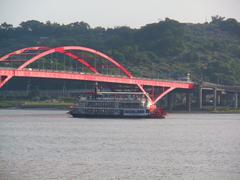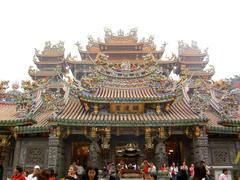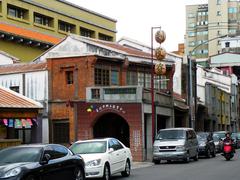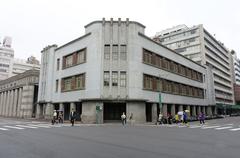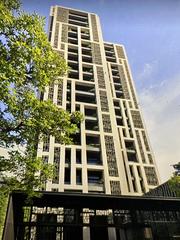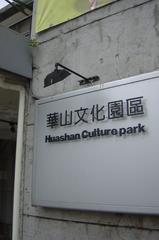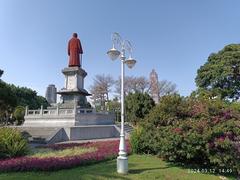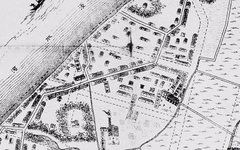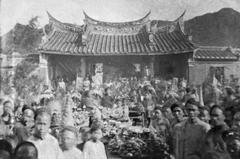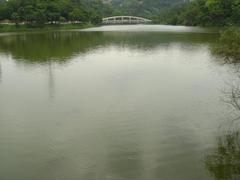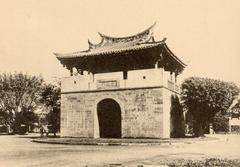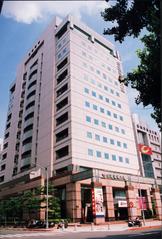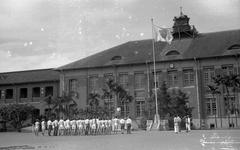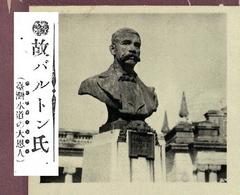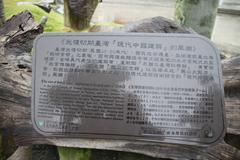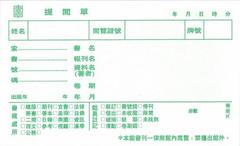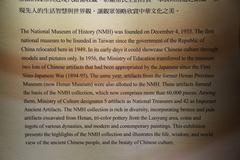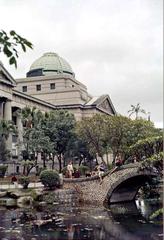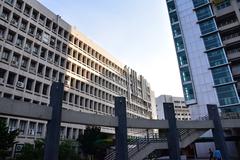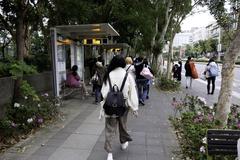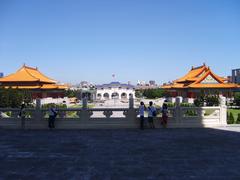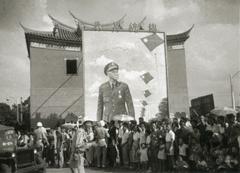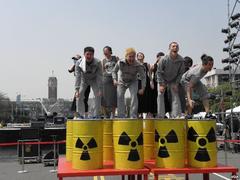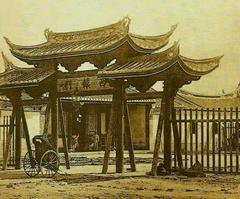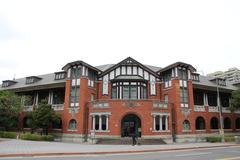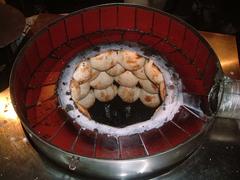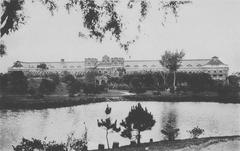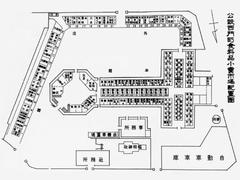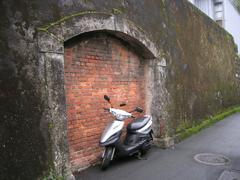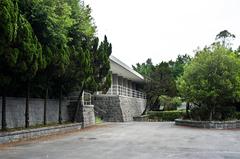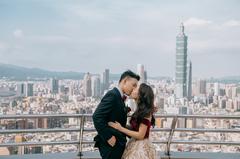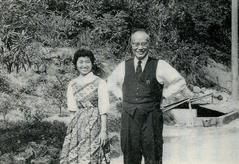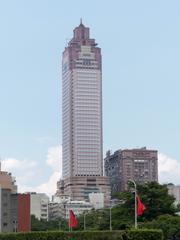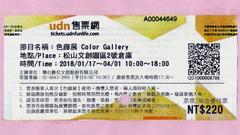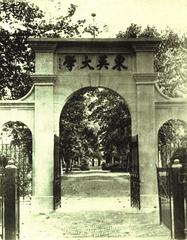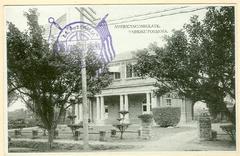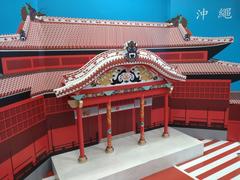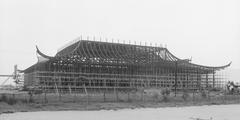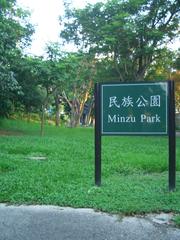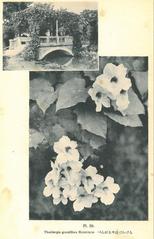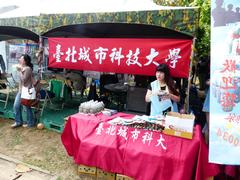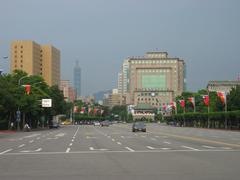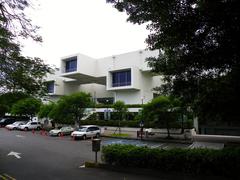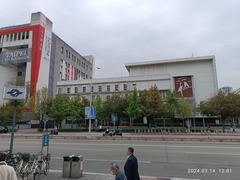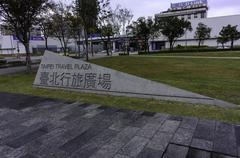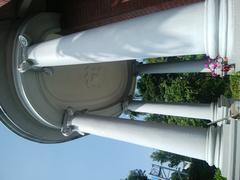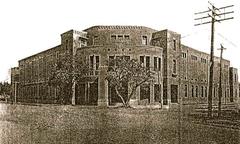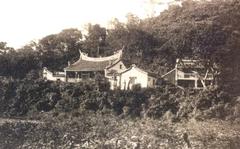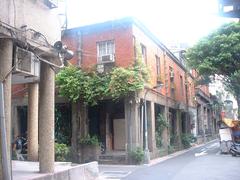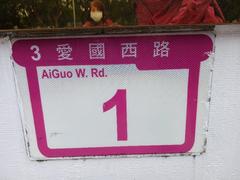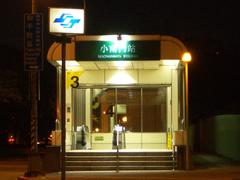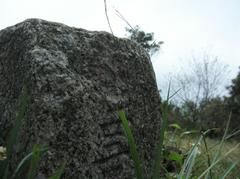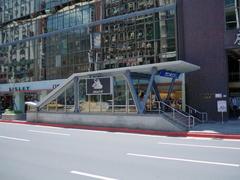Yangming Park Visiting Hours, Tickets, and Taipei Historical Sites Guide
Date: 14/06/2025
Introduction
Yangming Park, nestled within the scenic expanse of Yangmingshan National Park just north of Taipei, stands as a harmonious blend of natural splendor and cultural heritage. Once known as “Caoshan” (Grass Mountain), the area has evolved through centuries of historical transformation—from Qing dynasty resource protection to Japanese-era reforestation, and ultimately its 1950 renaming in honor of the Ming dynasty philosopher Wang Yangming. Today, Yangming Park welcomes visitors with vibrant gardens, volcanic landscapes, and a tapestry of historical and cultural sites, making it one of Taipei’s most treasured destinations (Taiwan Tourism; Wikitravel).
This guide provides detailed information on visiting hours, transportation, major attractions, seasonal highlights, and essential tips to help you experience the best of Yangming Park and the broader Yangmingshan region.
Table of Contents
- Introduction
- Historical Background
- Visiting Yangming Park: Practical Information
- Exploring Yangmingshan National Park
- Yangming Park Attractions
- Travel Tips and Suggested Itineraries
- FAQ
- Visual Highlights and Media Resources
- Related Articles
- Conclusion
- References
Historical Background
Early Origins and Naming
The area now known as Yangming Park was originally called “Caoshan” (Grass Mountain) due to its extensive coverage of silvergrass. During the Qing dynasty, officials would set fires to protect local sulfur resources, keeping the landscape largely treeless (Taiwan Tourism). In the Japanese colonial period (1895–1945), the region was designated “Datun National Park” in 1937, marking Taiwan’s earliest attempt at national park designation, although actual establishment was delayed by World War II. The Japanese era also introduced black pines, acacia, and sweet gum trees, and popularized hot spring culture in the area (Guide to Taipei).
Postwar Transformation and Renaming
After 1945, Taiwan’s administration shifted to the Kuomintang (KMT), who in 1950 renamed the mountain “Yangmingshan” to honor Wang Yangming, a Ming dynasty philosopher. This renaming symbolized a new era of nation-building and cultural reaffirmation (Wikitravel).
Establishment of Yangming Park
Within Yangmingshan National Park, Yangming Park was developed as a tranquil public garden, showcasing traditional Chinese landscaping with pavilions, streams, and manicured flowerbeds. It became a popular urban retreat for Taipei’s residents and a focal point for seasonal flower displays (Taiwan Tourism).
The Flower Clock: Symbolism and Construction
A standout feature, the Flower Clock, was built in 1968 to commemorate President Chiang Kai-shek’s 80th birthday. This 22-meter diameter clock is adorned with thousands of vibrant seasonal flowers, encircled by water, and plays music on the hour, creating a memorable sensory experience (Exploring with Martin).
Political and Cultural Significance
Statues of Chiang Kai-shek and Wang Yangming, along with the Xinhai Guangfu Building, punctuate the park, serving as sites of national memory and cultural identity. The park’s cypress trees, planted by Chiang himself, add a personal touch to the landscape (Taiwan Tourism).
Integration into Yangmingshan National Park
Yangmingshan National Park was officially established in 1985, encompassing over 11,000 hectares of volcanic peaks, fumaroles, hot springs, and grasslands. Yangming Park is the main gateway, symbolizing the region’s shift from resource extraction to ecological and cultural preservation (Guide to Taipei).
Visiting Yangming Park: Practical Information
Visiting Hours
- Yangming Park: Open daily from 7:00 AM to 6:00 PM.
- Best Time to Visit: December to April, during the park’s peak flower seasons and festivals.
Tickets and Admission
- Entrance: Free for all visitors.
- Special Events: Certain exhibitions or guided tours during festivals may require advance booking or tickets. Check the official Taiwan Tourism website for updates.
How to Get There
- MRT + Bus: Take the Taipei MRT Red Line to Jiantan Station, then transfer to bus R5 or S15, which go directly to Yangming Park.
- By Car: Limited parking is available near the Visitor Center; public transportation is highly recommended during weekends and festivals.
- Internal Shuttle Bus: Operates from 8:00 AM to 5:00 PM, connecting major park attractions. Expect longer wait times during peak seasons.
Accessibility
- Most main paths, the Flower Clock, and major gardens are wheelchair- and stroller-accessible.
- Some hiking trails are steep and better suited to able-bodied visitors.
Nearby Attractions
- Beitou Hot Springs: Famous for therapeutic baths, a short bus ride away.
- Xinhai Guangfu Building: Cultural and historical exhibits within the park.
- Shilin Night Market & National Palace Museum: Easily accessible by public transport.
Special Events and Seasonal Highlights
- Flower Festival (Dec–Apr): Cherry blossoms, azaleas, and more, with guided tours and performances.
- Calla Lily Festival (Mar–Apr): At Bamboo Lake (Zhuzihu), featuring flower picking and farm dining.
- Mid-Autumn Festival: Occasional lantern displays and cultural activities.
Exploring Yangmingshan National Park
Cultural Significance and Symbolism
Yangmingshan National Park embodies Taiwan’s philosophical and cultural heritage, with its name honoring Wang Yangming and the unity of knowledge and action. The park’s volcanic terrain and hot springs are seen as symbols of vitality and renewal, while seasonal flowers mark the passage of time and the cycles of nature (wefuntaiwan.com).
Rituals, Festivals, and Community Life
During cherry blossom and calla lily seasons, the park becomes a hub for hanami (flower viewing), family outings, and photography, echoing East Asian traditions of celebrating nature’s beauty. Hot springs at Lengshuikeng and nearby Beitou are popular for their cleansing and relaxing properties (wefuntaiwan.com).
Artistic and Culinary Traditions
Yangmingshan’s landscapes inspire artists and writers, while its fertile volcanic soils yield local delicacies such as bamboo shoots and sweet potatoes. Cafes and restaurants in the park and Zhuzihu serve regional cuisine with mountain ingredients (wefuntaiwan.com).
Night Views and Urban Identity
Elevated spots like The Top and Chousan offer stunning nighttime panoramas of Taipei, blending the tranquility of nature with the energy of the city (wefuntaiwan.com).
Yangming Park Attractions
The Flower Clock and Floral Festivals
The Flower Clock, a 22-meter diameter floral landmark, is the centerpiece of the annual Flower Festival (Feb–Mar). Surrounding gardens burst with cherry blossoms, azaleas, camellias, and rhododendrons (Exploring with Martin).
Qixing Mountain (Seven Star Mountain)
Taipei’s tallest peak (1,120m), Qixing Mountain is a dormant volcano renowned for panoramic views, volcanic fumaroles, and accessible hiking trails from Xiaoyoukeng.
Xiaoyoukeng Fumarole Area
A dramatic volcanic landscape featuring steaming vents, sulfur crystals, and educational boardwalks; easily accessed by car or shuttle bus.
Lengshuikeng Hot Spring Area
Cooler hot springs (around 40°C), free public foot-soaking pools, and a rustic bathhouse amid misty greenery.
Qingtiangang Grassland
Rolling meadows dotted with water buffalo, perfect for picnics, kite flying, and birdwatching; especially scenic in autumn.
Bamboo Lake (Zhuzihu) and Calla Lily Fields
Famous for its calla lily bloom (Mar–Apr) and hydrangeas (May–Jun). Visitors can pick flowers, enjoy local farm cuisine, and explore rural scenery.
Menghuanhu (Dream Lake)
A tranquil, misty lake accessible by a moderate hike from Xiaoyoukeng, ideal for peaceful nature observation.
Ecological and Geological Interpretation Trails
Well-marked trails with bilingual signage educate visitors on volcanic activity, flora, and fauna. Top routes include Xiaoyoukeng to Qingtiangang and the Qixing Mountain Main Peak Loop.
Cultural and Historical Landmarks
Explore Yangmingshuwu (former presidential villa), statues, and pavilions commemorating Taiwan’s history and heritage.
Travel Tips and Suggested Itineraries
- Best Time to Visit: Flower Festival (Feb–Mar), Calla Lily Season (Mar–Apr), or autumn for hiking and silvergrass views.
- Getting Around: Use internal shuttles and public transport to avoid parking hassles.
- What to Pack: Comfortable hiking shoes, sun/rain protection, water, snacks, and a camera.
- Sample Itinerary: Start at the Flower Clock, hike to Menghuanhu, soak at Lengshuikeng, and finish at Qingtiangang Grassland.
Frequently Asked Questions (FAQ)
Q: What are Yangming Park’s opening hours?
A: 7:00 AM to 6:00 PM daily.
Q: Is there an entrance fee?
A: No; entry is free. Some events or facilities may charge a fee.
Q: How do I get there by public transport?
A: MRT Red Line to Jiantan Station, then bus R5 or S15 to Yangming Park.
Q: Are pets allowed?
A: Yes, pets should be leashed; follow park regulations.
Q: Are guided tours available?
A: Yes; especially during the Flower Festival, through the visitor center or local operators.
Q: Is the park wheelchair accessible?
A: Main gardens and paths are accessible; some trails are steep and not suitable for wheelchairs.
Visual Highlights and Media Resources
For virtual tours, maps, and high-quality images of the Flower Clock, Qixing Mountain summit, and seasonal flower fields, visit the official websites and our gallery section (alt tags: “Yangming Park Flower Clock in Bloom,” “Summit View from Qixing Mountain,” “Calla Lily Fields at Zhuzihu”).
Related Articles
Conclusion
Yangming Park is an essential stop for anyone visiting Taipei, offering a rich blend of ecological wonders, historical monuments, and vibrant cultural events. With its accessible location, family-friendly amenities, and year-round beauty, the park caters to all interests—whether you seek tranquil gardens, adventurous hikes, or deep cultural immersion. Be sure to plan ahead during peak seasons, take advantage of shuttle services, and explore nearby historical sites for a well-rounded Taipei experience. For guided tours, real-time updates, and expert tips, download the Audiala app and follow us on social media.
References
- Yangming Park Visiting Hours, Tickets, and History | Taipei Historical Sites, 2023, Taiwan Tourism (Taiwan Tourism)
- Exploring Yangmingshan National Park: A Cultural and Historical Gem Near Taipei, 2024, wefuntaiwan.com (wefuntaiwan.com)
- Yangming Park Visiting Hours, Tickets, and Top Attractions in Taipei, 2024, Blue Canoe Travel (Blue Canoe Travel)
- Yangmingshan National Park Visiting Hours, Tickets, and Travel Guide to Taipei’s Historical Sites, 2024, Srabon Trails (Srabon Trails)
- The Yangmingshan Flower Clock, 2023, Exploring with Martin (Exploring with Martin)
